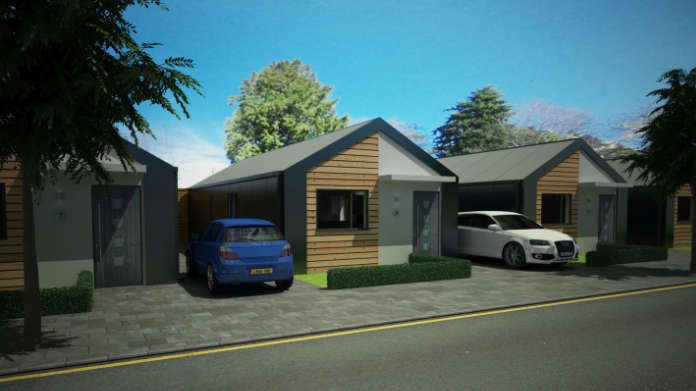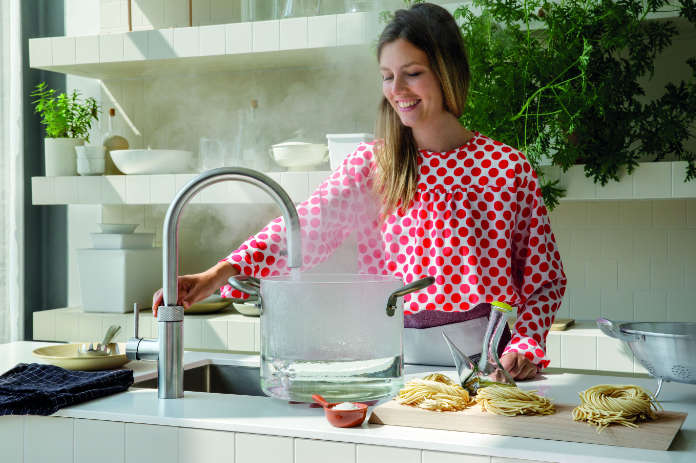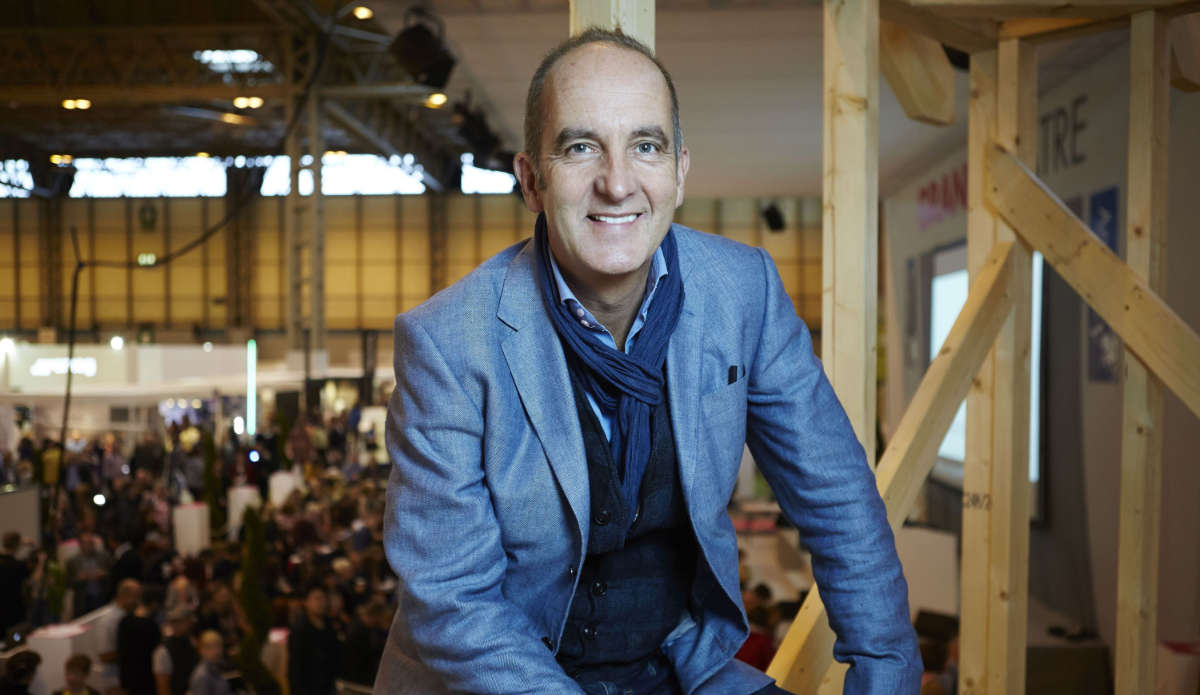They say charity starts at home – and in many ways, so too do our efforts to live more planet-friendly lifestyles.
This year’s Grand Designs Live, which returns to Excel London on April 30, will feature a new Green Living Live area, highlighting the latest innovations in things like insulation, sustainable materials and energy-saving technology.
They’ll also be showcasing a low-carbon home – created with energy-saving in mind – to inspire and inform consumers about the future of eco-friendly home design.

“It’s got good insulation in its bones,” says TV’s Kevin McCloud, who’ll again be hosting the event. “So it doesn’t leak heat and therefore it consumes less.
“I think that’s a really important first principle,” McCloud, 62, adds. “You can buy all the tech and gadgets, but you’ve got to start with the bones of what you have already.”
Insulate and ventilate
For McCloud – known for his passion for eco-builds – good insulation and ventilation are important and ideally go hand-in-hand.
“This means double secondary glazing, extra insulation in the loft, more insulation in the walls if you can get it,” he says. “Insulation under a suspended timber floor, over a cellar, draft proofing, and all the time making sure the air changes are good, the air quality isn’t being compromised, and you’re avoiding condensation.
“All of this is actually very easy to do in a new home; it’s slightly harder in an older home,” he adds.
View this post on Instagram
Innovations set to feature at Grand Designs Live include Inno-THeRM, a low-carbon recycled acoustic and thermal natural fibre insulation that’s easy to install and acts like a hydro regulator by absorbing and releasing water vapour. While CorkSol is an eco-friendly spray cork that can be used to coat surfaces, help solve thermal insulation problems, and is great for treating timber, walls and cracks in old houses.
As well as showcasing solutions in new builds, McCloud says they’ll have lots of experts on hand to help people understand “how it’s possible to retrofit some of these into an existing home, to reduce your energy bills, dependency on fossil fuels and energy consumption”.
Recycling heat
Having a recycling bin in your kitchen and looking at ways to reuse materials before chucking them out is one thing. But what about recycling and reusing heat? It’s something that’s increasingly being looked at – on a bigger scale, as well as via smaller home technologies, such as heat exchanger/recovery fans for kitchens and bathrooms.
“For example, at the exhibition, we have several technologies designed to extract waste heat from the home, which is mechanical ventilation and a heat recovery system – a fairly common piece of tech now [which] simply reacts like a heat exchanger [essentially a device designed to efficiently transfer heat from one place to another],” says McCloud. “You’re saving energy, reducing dependency and reusing the heat in that air.
“This technology of mechanical ventilation and heat recovery is becoming smaller, it’s becoming cheaper, and it’s becoming more flexible,” he adds.
Next-level tech
When it comes to home tech, McCloud says one of the newer options is a monitor that tells you about the condition of your home’s air quality – such as the Amazon Smart Air Quality Monitor (£52.99, Amazon), which is easy to install through the Alexa app and cited as one of the cheapest available.
“It tells you what the nitrous oxide level is, or the carbon monoxide level, it tells you to open a window and explains why you might have a headache,” says McCloud. “These bits of technology 20 years ago would require complex wiring throughout the building and be hugely expensive. Now you buy them in a box online. They all have an app and are connected by Bluetooth.”
View this post on Instagram
In fact, consumers have more options than ever to engage with home tech via apps – lighting is another example. As McCloud notes: “It used to be the case you’d get a specialist company in to produce wireless or controllable lighting in each room. Now you can buy Philips light bulbs with Bluetooth, so the light bulb itself is the way you control the lighting.”
Energy-efficient household appliances
The Energy Saving Trust, who’ll be offering tips and advice at Grand Designs Live, suggests looking for the energy label when buying new household appliances.
Appliances are tested for how much energy they use (during typical use) and given a rating on a scale of A to G – with A being the most efficient product in its class, and G being the least efficient. Some appliances use an older scale, from A+++ to G.

Designs are evolving too in a bid to create appliances that are more energy-efficient than their predecessors – such as instant hot water taps.
“It’s across the whole scale, from white goods and fridges that monitor their own performance, through to things like hot water taps, which are far more efficient than kettles,” says McCloud.
“It’s taken a long while for this stuff to make it to market… The intelligent fridge that monitors its own energy performance has been a long time coming.”
Grand Designs Live returns to Excel London from April 30 – May 8































































